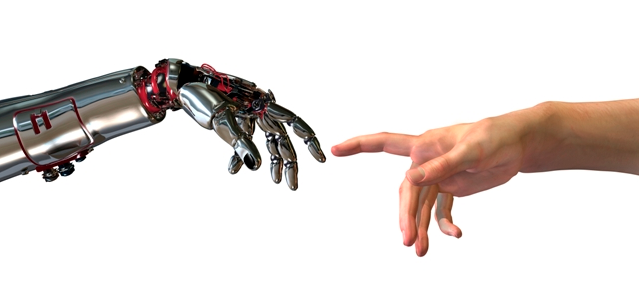The proliferation of 3D printing solves problems and creates solutions in vertical industries (healthcare, aerospace, automotive, manufacturing, etc.), disrupting supply chains as it matures. Personal application will initially be served by brick and mortar establishment such as home improvement, auto repair, and other services where parts take time, are too expensive, or unobtainable.
Put simply, 3D printing is a manufacturing techniques that create objects by printing successive layers of material using digital models. Currently, this technology has brought gaming changing disruption in multiple industries. The possible healthcare advantages of 3d printing technology are the most well-known ones. You’ve probably read at least one story about how human heart, organs and bones can be printed by this. Dental implants and prosthetics are among many applications of 3d printing in this field. Another interesting aspects is the new materials that can be used in 3D printers, which have all sorts of new properties, such as 3D food printing.
After the concept was first brought up in the 1980s, 3D printing has grown larger and more common. It has gone through the era of small manufacturing companies and has opened a new chapter of large scale production. Carbon, a San Francisco based 3d printing start-up, has raised $81 million in investments from GE, BMW and Nikon, reaching an impressive $220 million in total funding at its disposal. This represents a significant coup for the firm and it could allow them to advance additive manufacturing technology into full-scale production.
Furthermore, as increasing numbers of businesses start to utilize 3d-printed components, a new framework for industry standards has been announced in a progressive move for 3d printing. Two international standard-setting bodies, ISO and ASTA, jointly developed the Additive Manufacturing Standards Development Structure to regulate the industry. Having this structure in place ensures companies won’t waste valuable resources such as time, wallowing in confusion about the best way to do something. Now, they can simply consult the new framework for the right answers.
As the industry growing mature, potential next move would be the proliferation among general consumers – having a 3d printer at home next to you normal printer and print everything at will. What do you think will be the future of 3D printing and how it would change people’s lives?
Reference:
Solis, B. (2016). The proliferation of 3D printing. Slideshare.net. Retrieved 9 October 2016, from http://www.slideshare.net/briansolis/26-disruptive-technology-trends-2016-2018-56796196/53-The_proliferation_of_3D_printing
Fonseca, M. (2014). Disruptive Technology Examples: 12 Of The Best. Intelligent Head Quarters. Retrieved 9 October 2016, from http://www.intelligenthq.com/technology/12-disruptive-technologies/
Mahony, R., Strikwerda, P., Mahony, R., Sinclair, B., Touw, S., & Mahony, R. (2016). Additive Manufacturing: New Global Standards Introduced – 3D Printing. 3D Printing. Retrieved 9 October 2016, from http://3dprinting.com/news/additive-manufacturing-new-global-standards-introduced/
Mahony, R., Strikwerda, P., Mahony, R., Sinclair, B., Touw, S., & Mahony, R. (2016). Medical Breakthrough With 3D Printed ‘Hyperelastic’ Bone – 3D Printing. 3D Printing. Retrieved 9 October 2016, from http://3dprinting.com/news/medical-breakthrough-with-3d-printed-hyperelastic-bone/
Mahony, R., Strikwerda, P., Mahony, R., Sinclair, B., Touw, S., & Mahony, R. (2016). Additive Manufacturing: New Global Standards Introduced – 3D Printing. 3D Printing. Retrieved 9 October 2016, from http://3dprinting.com/news/additive-manufacturing-new-global-standards-introduced/


